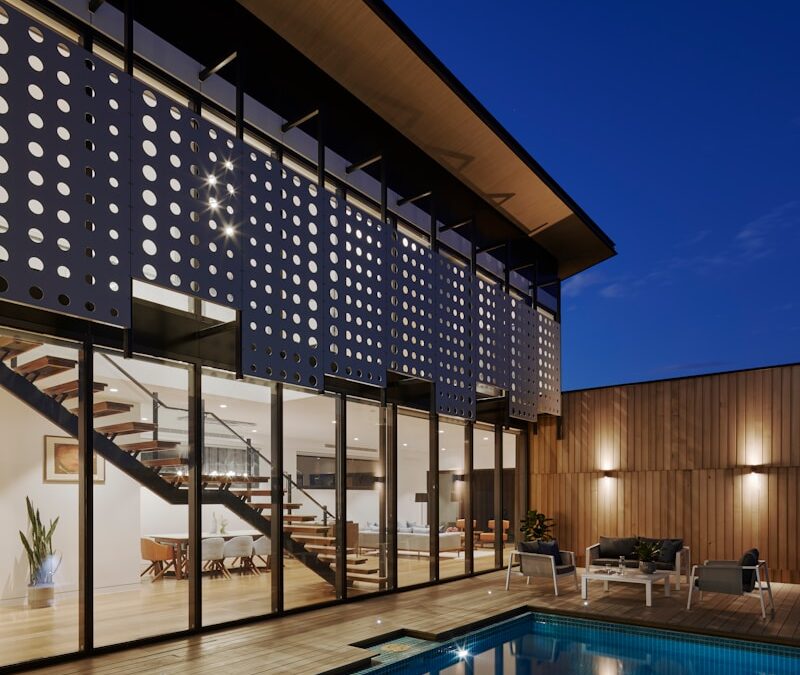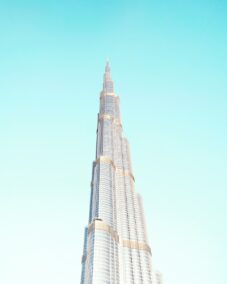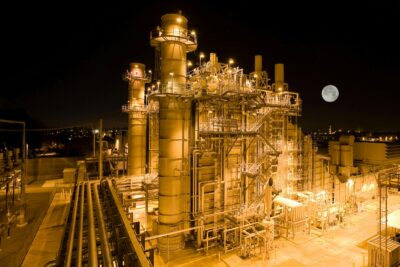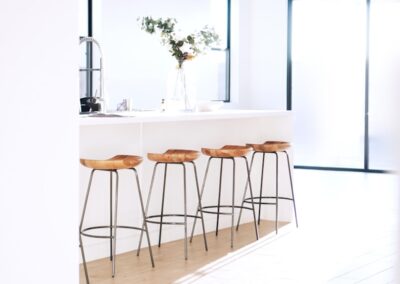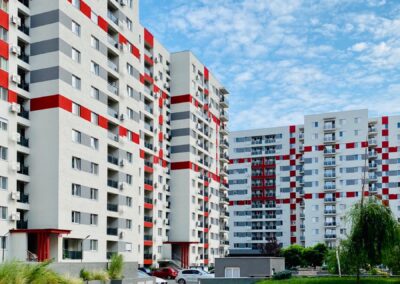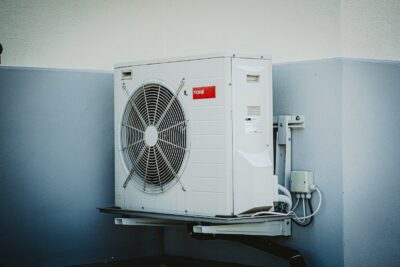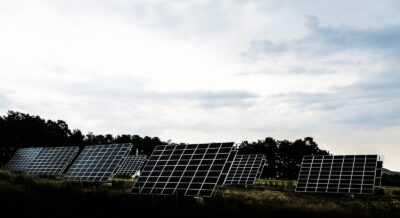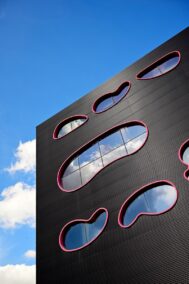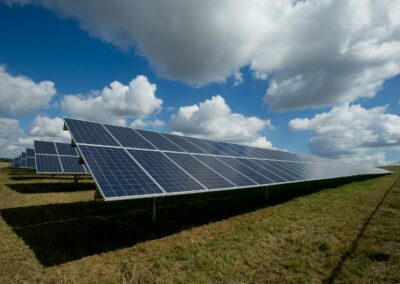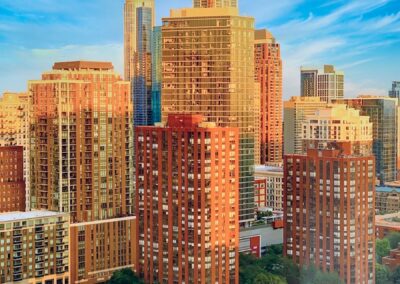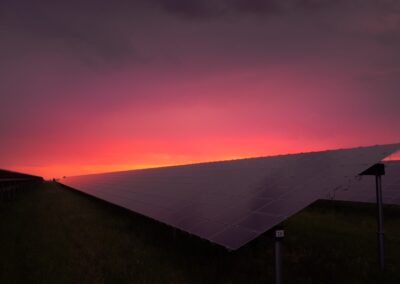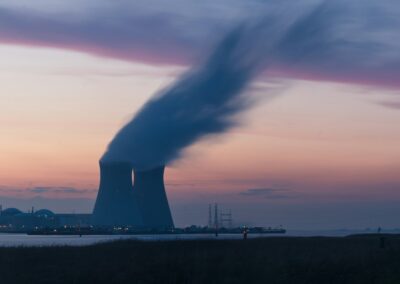Innovative Features of Energy-Efficient Home Designs
Advanced Insulation and Building Materials
Energy-efficient home designs are revolutionizing the housing industry, offering significant reductions in overall energy consumption and utility costs. The integration of energy-efficient home designs is particularly relevant in rapidly developing regions such as Saudi Arabia, the UAE, Riyadh, and Dubai, where sustainable living is becoming a priority. One of the most critical features of these homes is the use of advanced insulation and building materials.
High-performance insulation is essential for maintaining consistent indoor temperatures, reducing the need for heating and cooling. Materials such as spray foam insulation, rigid foam boards, and insulated concrete forms provide superior thermal resistance, preventing heat transfer through walls, roofs, and floors. Additionally, energy-efficient windows with double or triple glazing and low-emissivity coatings further enhance the thermal performance of the home, minimizing energy loss.
These advanced materials not only improve energy efficiency but also enhance the durability and comfort of the home. By reducing drafts and maintaining stable indoor temperatures, they create a more comfortable living environment while lowering energy consumption. In hot climates like those in the Middle East, effective insulation and building materials are crucial for keeping homes cool and reducing the reliance on air conditioning systems.
Smart Home Technologies
Smart home technologies are integral to energy-efficient home designs, offering innovative solutions for monitoring and managing energy use. These technologies include smart thermostats, lighting systems, and appliances that can be controlled remotely and programmed to operate more efficiently. By integrating artificial intelligence and the Internet of Things (IoT), these systems learn user preferences and optimize energy use accordingly.
Smart thermostats, for example, can adjust heating and cooling based on occupancy patterns and weather conditions, ensuring that energy is not wasted on empty rooms. Similarly, smart lighting systems can automatically dim or turn off lights when not needed, and smart appliances can operate during off-peak hours when energy rates are lower. These technologies not only enhance convenience but also contribute to significant energy savings.
Moreover, smart home systems provide real-time data on energy consumption, allowing homeowners to identify areas where energy use can be reduced. This data-driven approach to energy management empowers residents to make informed decisions about their energy use, further enhancing the efficiency of their homes. In regions like Riyadh and Dubai, where energy efficiency is a growing concern, smart home technologies offer practical solutions for sustainable living.
Renewable Energy Integration
The integration of renewable energy sources is another key feature of energy-efficient home designs. Solar panels, wind turbines, and other renewable energy systems provide clean, sustainable power that reduces reliance on fossil fuels and lowers utility costs. By generating their own energy, homes can achieve greater energy independence and contribute to environmental sustainability.
Solar energy is particularly advantageous in sunny regions like Saudi Arabia and the UAE. Photovoltaic (PV) panels can be installed on rooftops or integrated into building materials, converting sunlight into electricity. Advances in solar technology, such as solar shingles and building-integrated photovoltaics (BIPV), allow for seamless integration of solar power into the home’s design. Additionally, solar water heaters can provide a renewable source of hot water, further reducing energy consumption.
Wind energy can also be harnessed in suitable locations, providing an additional renewable energy source. Small wind turbines can be installed on residential properties to generate electricity, complementing solar power and enhancing overall energy efficiency. By combining multiple renewable energy systems, homes can achieve a balanced and reliable energy supply, reducing their environmental impact and utility bills.
Benefits of Energy-Efficient Home Designs
Reduced Energy Consumption and Costs
One of the most significant benefits of energy-efficient home designs is the reduction in energy consumption and utility costs. By optimizing energy use through advanced materials, smart technologies, and renewable energy integration, these homes require less energy to maintain comfortable living conditions. This reduction in energy demand translates to lower utility bills, providing substantial cost savings for homeowners.
In regions with high energy costs, such as the Middle East, the financial benefits of energy-efficient home designs are particularly pronounced. Lower energy consumption not only reduces monthly expenses but also provides a hedge against rising energy prices. Over time, the savings on utility bills can offset the initial investment in energy-efficient technologies, making these homes a financially sound choice.
Furthermore, energy-efficient homes contribute to a more stable and resilient energy grid. By reducing peak demand and reliance on non-renewable energy sources, these homes help to alleviate strain on the grid and enhance energy security. This collective reduction in energy use can lead to broader societal benefits, including lower energy prices and reduced greenhouse gas emissions.
Enhanced Comfort and Health
Energy-efficient home designs also enhance the comfort and health of residents. Advanced insulation and building materials maintain consistent indoor temperatures, reducing the need for constant heating and cooling. This creates a more comfortable living environment, free from drafts and temperature fluctuations.
Improved indoor air quality is another benefit of energy-efficient homes. By incorporating ventilation systems that filter and circulate fresh air, these homes reduce the presence of indoor pollutants and allergens. This is particularly important in urban areas like Riyadh and Dubai, where air quality can be a concern. Better air quality contributes to the health and well-being of residents, reducing the risk of respiratory issues and other health problems.
Additionally, the use of natural light and passive solar design enhances the overall living experience. Large windows and strategic placement of building elements allow for ample natural light, reducing the need for artificial lighting and creating a more pleasant indoor environment. Natural light has been shown to improve mood and productivity, contributing to a higher quality of life for residents.
Environmental Sustainability
The environmental benefits of energy-efficient home designs are significant. By reducing energy consumption and integrating renewable energy sources, these homes minimize their carbon footprint and contribute to global efforts to combat climate change. The use of sustainable materials and construction practices further reduces environmental impact, promoting a more sustainable built environment.
Energy-efficient homes also support the conservation of natural resources. By optimizing water use through smart irrigation systems and water-efficient appliances, these homes reduce water waste and promote sustainable water management. This is particularly important in arid regions like Saudi Arabia and the UAE, where water conservation is a critical concern.
Moreover, energy-efficient home designs can serve as a model for sustainable urban development. By demonstrating the feasibility and benefits of sustainable living, these homes can inspire broader adoption of energy-efficient practices in residential and commercial buildings. This shift towards sustainability can drive innovation and progress in the construction industry, leading to greener and more resilient cities.
Conclusion
In conclusion, energy-efficient home designs offer a multitude of benefits, including reduced energy consumption and costs, enhanced comfort and health, and environmental sustainability. By incorporating advanced insulation, smart home technologies, and renewable energy sources, these homes provide a model for sustainable living. Business executives, mid-level managers, and entrepreneurs in Saudi Arabia, the UAE, Riyadh, and Dubai must embrace these innovative designs to create sustainable and resilient urban environments. As the demand for energy-efficient homes continues to grow, these forward-thinking approaches will play a crucial role in shaping the future of urban living.
—
#energyefficienthomes #sustainableliving #moderntechnology #homedesign #SaudiArabia #UAE #Riyadh #Dubai

